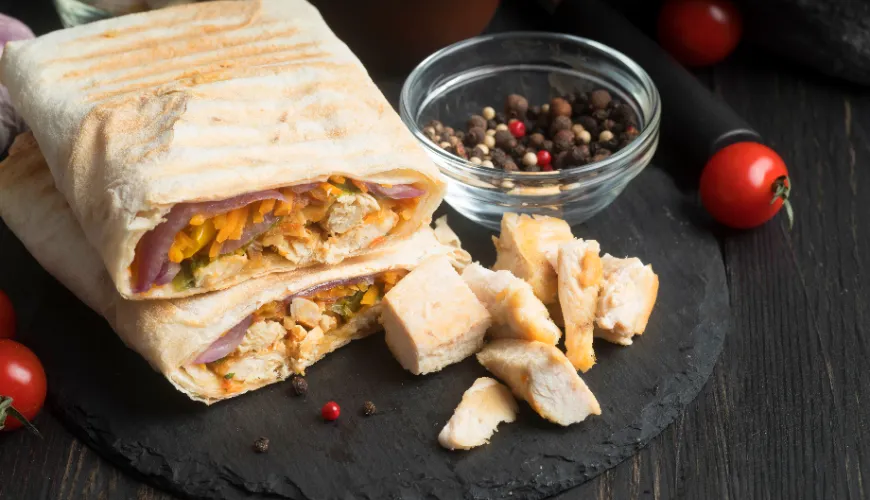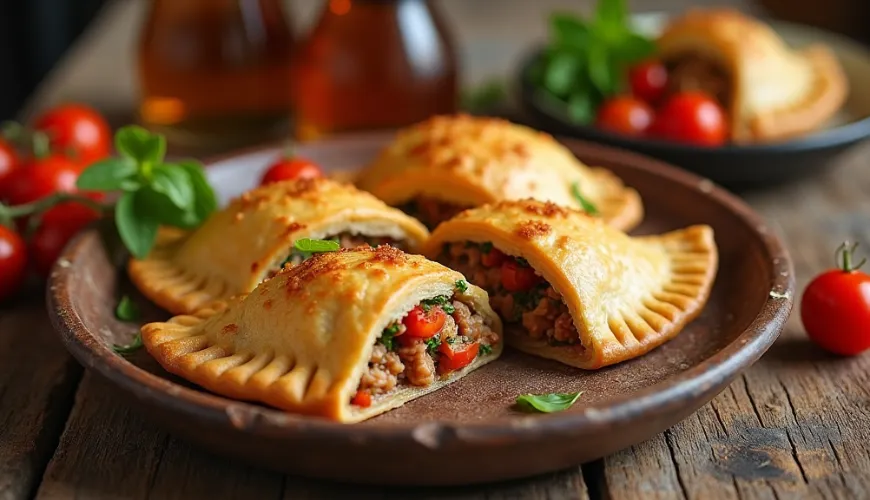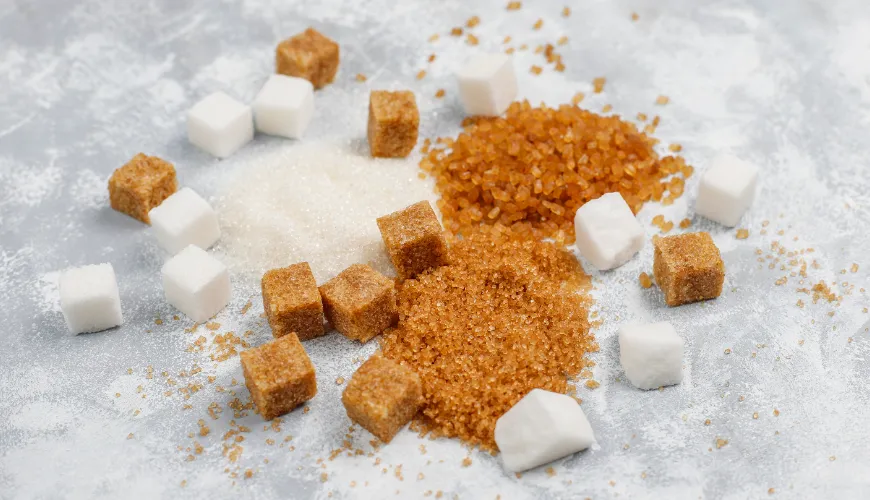
Empanada is a gastronomic bridge between cultures and generations

Empanada – A Fragrant Journey Across Cultures in Delicate Pastry
At first glance, it looks like an ordinary pie. Some might mistake it for a savory strudel, others for a pastry from a homemade bakery. But an empanada is much more than just another recipe from a cookbook – it is a dish that connects continents, generations, and stories. Originating from Spain, it is now considered a national dish in many Latin American countries. Empanada is a symbol of home, celebration, and the festive table.
The word "empanada" comes from the Spanish "empanar," which means "to wrap in bread or dough." And that's exactly what it is – a filling wrapped or baked in dough, usually wheat, sometimes corn, that can delight the taste buds in countless forms. In different parts of the world, an empanada tastes different. And it is precisely in this diversity that its charm lies.
From Galicia to Chile
The traditional empanada gallega, or Galician empanada, has a long history dating back to the Middle Ages. In the northwestern part of Spain, where the region of Galicia is located, the empanada was a typical food for pilgrims on the famous Camino de Santiago. The practical form of the dish – filling wrapped in dough – allowed for easy transport and longer shelf life. The Galician empanada is traditionally made as a large pie, from which portions are cut, and is filled with fish, typically tuna, sardines, or cod, onion, pepper, and tomatoes. It is a dish that reflects the proximity of the sea, simple ingredients, and rural origin.
In contrast, in Latin America, where the empanada was brought by Spanish colonizers, this recipe quickly adapted to local tastes and traditions. Empanadas are baked or fried here, are smaller, and often eaten as street food. For example, in Argentina, empanadas have become an indispensable part of every family gathering. The most famous variant is the empanada de pino, originating from Chile. This version is filled with ground beef, onion, boiled egg, olives, and sometimes raisins. The combination of sweet and salty might surprise, but it is precisely this contrasting flavor that makes the empanada de pino so popular.
While the Galician empanada is served more as a main course, South American versions often become handheld quick snacks on the streets. And although they differ in style, serving method, and filling, they have one thing in common – empanadas are always about sharing. About gathering around one table, the joy of preparation, and the aroma that fills the entire house.
A Recipe for Empanada That Tastes Like Home
Nowadays, preparing an empanada in a Czech kitchen is no problem. Whether you opt for the Galician version as a festive pie or individual small pockets filled with meat, vegetables, or cheese, the foundation is always the same: good dough and a tasty filling.
Try, for example, the classic recipe for empanada gallega with tuna. You will need:
- 500 g all-purpose flour
- 150 ml olive oil
- 150 ml water
- 1 teaspoon of salt
- 1 egg for brushing
The filling is prepared from:
- 2 large onions
- 1 red pepper
- 1 green pepper
- 2 cloves of garlic
- 300 g quality tuna in its own juice (or in oil)
- 2 tablespoons of tomato paste
- salt, pepper, paprika
Knead a smooth dough from flour, water, oil, and salt, and let it rest for a while. Meanwhile, sauté the onions, peppers, and garlic in a pan, add the paste, and finally stir in the tuna. Divide the dough into two parts, roll one out for the bottom layer, spread the filling on it, and cover with the second part of the dough. Seal the edges well, brush with egg, and bake for about 35 minutes at 180 °C until golden.
And if you're tempted to try empanada de pino, prepare:
- 500 g ground beef
- 2 onions
- 2 hard-boiled eggs
- a handful of black olives
- a tablespoon of raisins (optional)
- salt, pepper, cumin, ground paprika
Sauté the onions, add the meat, spices, and lightly stir-fry to keep it juicy. You can prepare the dough as with the Galician empanada, but this time cut it into smaller circles, place a spoonful of filling, half an olive, and a piece of egg in the center. Fold in half, seal well, and bake or fry.
Empanadas can be wonderfully made in vegan or gluten-free versions. Instead of meat, use lentils, mushrooms, or roasted pumpkin, and the dough can be made from cornmeal or gluten-free mixes. Imagination knows no bounds – empanada is an ideal dish for those who love to experiment while seeking something tried and true.
Empanada as a Bridge Between Cultures and Generations
What makes the empanada so special is not just its taste. It's also the way it enters our lives. In many households, empanadas are prepared together – someone makes the dough, another the filling, someone else assembles the individual pockets. It's a ritual that connects children, grandparents, and friends. In Chile, for example, the empanada de pino is part of the Fiestas Patrias celebration, a national holiday, and its preparation is part of cultural identity.
One Chilean family told us: "Every year, we all gather at our home, including an aunt who lives 500 kilometers away, and we bake empanadas. It's our way of being together, even though we have different lives."
Even in the Czech Republic, the empanada is finding its place. Many cafes and bistros have begun offering it as an unconventional alternative to sandwiches or quiches. And it's no wonder – it's a food that is easy to transport, reheat, and doesn't lose flavor or charm.
Empanadas can also be ideal inspiration for home eco-friendly cooking. They combine local ingredients, seasonal vegetables, and minimal waste. You prepare the dough yourself, the filling often uses leftovers from the fridge, and baking on a tray saves more energy than individual portions. Additionally, they can be a great part of a vegetarian or vegan diet.
Whether you choose the Galician empanada with the fishy hint of the Atlantic or the rich and spicy empanada de pino, you're always in for a small journey beyond everyday flavors. Empanada is like a letter from abroad wrapped in dough – it brings the scent of distant lands but tastes just as good at home at the table.

